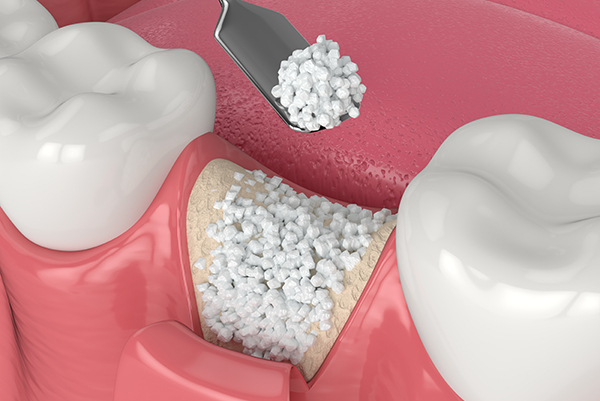What is Bone Grafting?
Bone grafting is a surgical procedure that replaces missing bone in order to repair bone fractures that are extremely complex, pose a significant health risk to the patient, or fail to heal properly.
The bone used in a bone graft can come from your own body, from a donor, or could be entirely manmade. Once accepted by the patient, the bone graft provides a framework where new, living bone can grow.
The two most common types of bone grafts are:
- allograft: this graft uses bone from a deceased donor or a cadaver that has been cleaned and stored in a tissue bank
- autograft: graft made from a bone inside a patient’s body, such as the ribs or hips
Why Bone Grafting Is Performed?
Bone grafting is done for numerous reasons, including injury and disease. There are four main reasons bone grafts are used:
- fractures: a bone graft may be used in the case of multiple or complex fractures or those that do not heal well after an initial treatment
- fusion: most often done in the spine, fusion helps two bones heal together across a diseased joint
- regeneration: used for bone lost to disease, infection, or injury, this can involve using small amounts in bone cavities or large sections of bones
- implanted devices: a graft can be used to help bone heal around surgically implanted devices, like joint replacements, plates, or screws
How to Prepare for Bone Grafting?
Prior to your surgery, your doctor will perform a complete medical history and physical examination. During this time, tell your doctor about any medications, over-the-counter drugs, or supplements you’re taking.
You will most likely be required to fast before surgery, assuming that this isn’t an emergency surgery. This is done to prevent complications while you’re under anesthesia.
Your doctor will give you complete instructions about what do to the days before and the day of your surgery. It’s important to follow those instructions.
How a Bone Graft Is Performed?
Prior to surgery, your doctor will decide which type of bone graft will be used. Shortly before the operation, you will be given general anesthesia, which will put you into a deep, peaceful sleep. An anesthesiologist will monitor the anesthesia and your recovery.
Your surgeon will make an incision in the skin above where the graft is needed. He or she will then shape the donated bone to fit the area. The graft will be held in place using various pins, plates, or screws.
Once the graft is securely in place, your surgeon will close the incision wound with stitches and bandage the wound. A cast or splint will be used to support the bone while it heals.
After Bone Grafting
Recovery from bone grafts depends on the size of the graft and other variables. Typical recovery can take anywhere from two weeks to three months. You will probably need to avoid vigorous physical activity for up to six months.
Immediately after surgery, icing and elevating the area involved in the grafting can help prevent painful inflammation. Even if your injury is in a cast, putting ice bags over the cast can help.
During recovery, you should exercise those muscle groups that were not affected by the surgery to keep your body in good shape. You should also maintain a healthy diet, which will aid in the recovery process.

